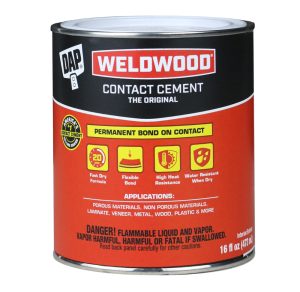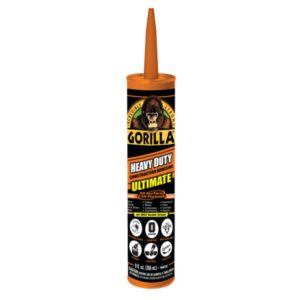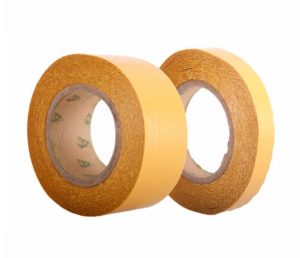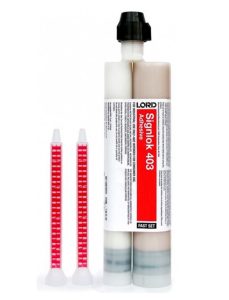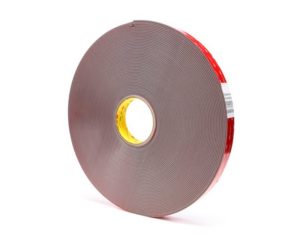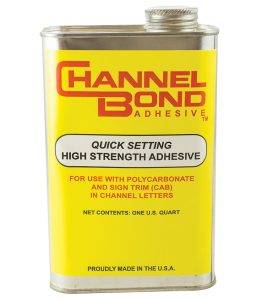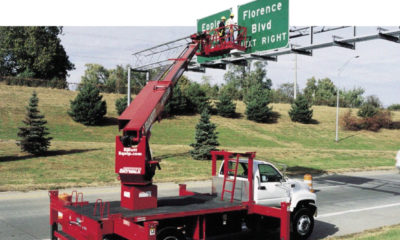ONE OF THE MOST frustrating aspects of signmaking involves final construction and installation. Customers rarely say, “Just drop it off and we’ll put the pieces together and install it.” No, that job typically winds up in our lap. Drill drivers, welders, nuts, bolts and lag screws are just a few of the means at our disposal. A great many of these tasks can be accomplished easily and quickly using adhesives, but why are so many signmakers reluctant to go this route?
A lot of the apprehension goes back to our everyday experiences trying to glue stuff together around the house. The arsenal includes wood glue, two-part epoxy and super glue. They may work OK in a pinch but can be messy to use and more often than not, don’t actually get the job done. So why would you want to trust hours of effort to something that can’t even glue a broken handle back onto a cup? The answer, quite simply, is that there is not one do-all adhesive. You need to ensure that you are using the right formulation for a specific job. You would not, for example, use wood glue to join metal and plastic.
Heading into 2022, you can find the right adhesive for virtually any job. Contact cements can be used for various types of veneers. Adhesives can also create high-strength adhesion for gluing joints and members together. Metal adhesives are available for a wide variety of applications such as joining channel letters and building light boxes. Adhesive tapes can be used to seam banners and flags and even mount signs to various substrates. Of course there are a number of adhesives that work well with wood, including the good old yellow stuff.
Adhesives come in a number of different formats. Various liquid glues can be applied directly or with a brush. Some adhesives require a catalyst and can either be mixed or used in a gun that equally applies both parts. Other adhesives with a thick consistency load into caulking guns and work well filling voids in areas like joints. You can even find double-sided tapes that adhere to various materials.
So why use an adhesive over screws, nails or welding? One of the main reasons is cost. It can literally be cheaper to “glue” components of a sign together rather than using mechanical means. That savings includes the cost of the materials but more importantly, time. Welding takes equipment, skill and preparation. Gluing involves following the application instructions and, in some cases, a steady hand. If you don’t use nails or screws, you can eliminate the need for pre-drilling holes and the fun task of using putty to cover the heads.

During fabrication, adhesives not only work well, they also save both time and materials.
Advertisement
Adhesives have come a long way over the years. You can find a solution that will bond practically anything to anything. Just be sure to carefully examine the spec sheets for proper use and longevity. Save yourself the time of having to drill or weld. In most cases you can find an adhesive that will work for the job.
PHOTO GALLERY (6 IMAGES)


 Tip Sheet1 week ago
Tip Sheet1 week ago
 Ask Signs of the Times2 days ago
Ask Signs of the Times2 days ago
 Real Deal1 week ago
Real Deal1 week ago
 Benchmarks5 days ago
Benchmarks5 days ago
 Editor's Note2 weeks ago
Editor's Note2 weeks ago
 Women in Signs1 week ago
Women in Signs1 week ago
 Product Buying + Technology2 weeks ago
Product Buying + Technology2 weeks ago
 Photo Gallery7 days ago
Photo Gallery7 days ago

